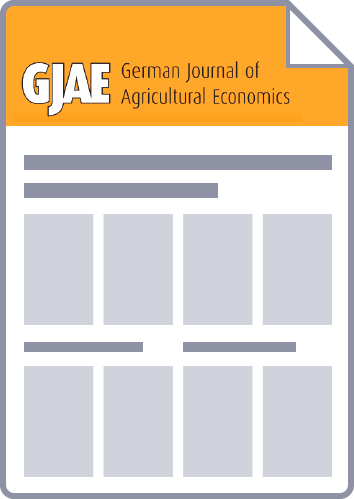This study aimed to determine short term farm responses of Irish dairy farms under climate change. The Irish National Farm Survey data and Irish weather data were the main datasets used in this study. A set of simulation models were used to determine grass yields and field time under a baseline scenario and a future climate scenario. An optimising farm level model which maximises farm net income under limiting farm resources was then run under these scenarios. Changes in farm net incomes under the climate change scenario compared to the baseline scenario were taken as a measure to determine the effect of climate change on farms. Any changes in farm activities under the climate run compared to the baseline run were considered as farm’s responses to maximise farm profits. The results showed that there was a substantial increase in yields of grass (49% to 56%) in all regions. The impact of climate change on farms was different based on the regions. Dairy farms in the Border, Midlands and South East regions suffered whereas dairy farms in other regions generally fared better under the climate change scenario. For a majority of farms, a substitution of concentrate feed with grass based feeds and increasing stocking rate were identified as the most common farm responses. However, farms replaced concentrate feed at varying degree. Dairy farms in the Mid East showed a move towards beef production system where medium dairy farms in the South East regions shifted entire tillage land to grass land. Farms in the South East region also kept animals on grass longer under the climate change scenario compared to the baseline scenario.



